Do you realize how many things we buy for no other purpose than to throw them away? Think about it: facial tissues, plastic cutlery, paper plates, plastic wrap, shopping bags, diapers, paper towels, even canning lids. It is estimated the average American throws away nearly $5,000 of disposable goods every year. What could you do with an extra $5,000?
A Nation of Disposables
Once upon a time, everyday disposables were not an option. Manufacturing simply wasn’t up to it, and even if it was, most people wouldn’t waste their money on single-use things. When did all that change?
In the wake of World War II, manufacturing ramped up hand-in-glove with advertising and disposable income. The old-fashioned methods of doing things gave way to the convenience of pre-packaged or instant foods, single-use cutlery and dishware, disposable diapers, paper towels, and facial tissues.
It got to the point where people shunned reusables. Those who continued to use handkerchiefs, cloth diapers, dish towels, or even canned their own food were considered hopelessly old-fashioned. It was only a few stubborn holdouts who believed they were saving money by sticking with the thrifty way of doing things.
Cheaper in the Long Run
There’s no question disposables have their place, particularly in medical or industrial settings. But at home, it’s a lot easier than you think to wean yourself off stuff that can be thrown away, and embrace things that can be reused.
Over the last eight years, our family has transitioned away from disposables and embraced reusables whenever possible. We even gave up paper towels completely, which shocks some people. Initially the cost was higher for a few items, but we have saved a significant amount of money in the long run.
There are a number of benefits for weaning off disposables. For one thing, it’s greener. For another, it reduces garbage output. For a third, you’ll never “run out” of some critical item (diapers?) in the middle of a blizzard when you can’t leave the house.
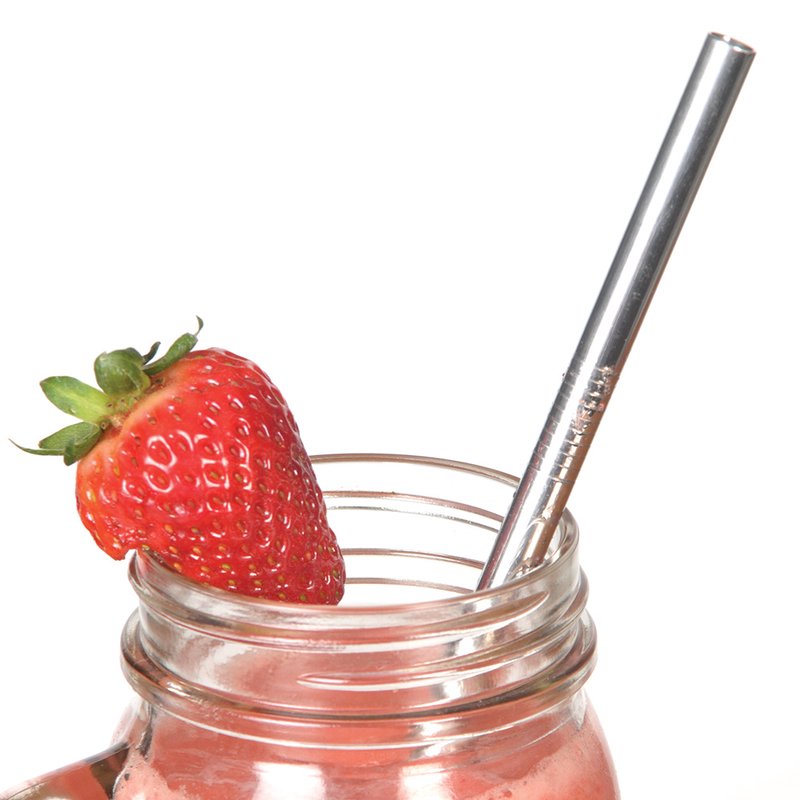
So how do you dispose of disposables? The very first thing to do is walk through your house and take an inventory of what single-use items you use on a frequent basis. Then seek out the washable, reusable alternatives and invest in those. Keep in mind one of the reasons people transitioned to disposables is they have an aversion to washing reusables. This is something you’ll have to accept – reusables usually require washing.
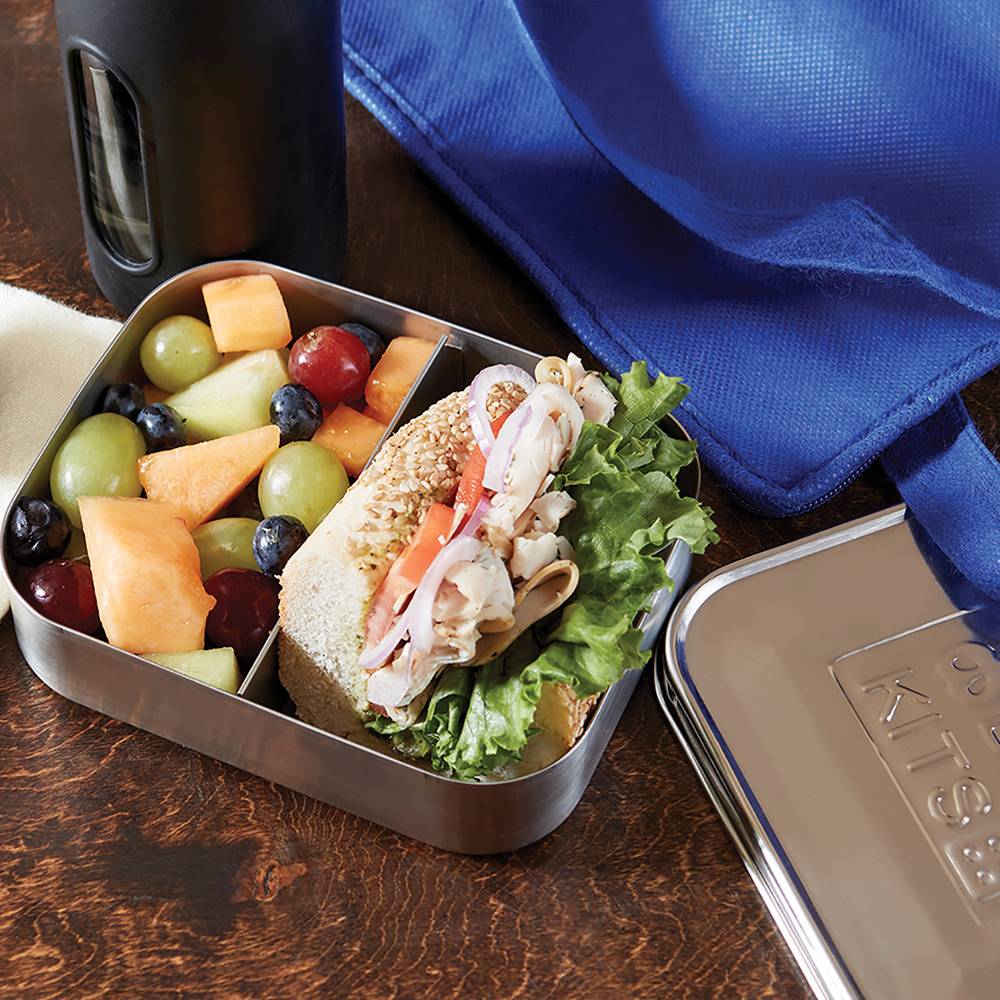
There are times when disposables in the home make sense. Reusable options generally mean something must be washed before using it again (plates, cutlery, diapers, dish towels), and if water is in short supply (natural disasters, power outages, even traveling) then disposables are the better option.
But in everyday non-emergency circumstances, weaning yourself off disposables is smart. Not only does it mean you’ve adapted to the reusable versions, but you’ll always have an abundant supply on hand.
It’s time to rediscover the wonders of handkerchiefs, the ease of cloth diapers, the efficiency of reusable canning lids, the thriftiness of bowl covers, the usefulness of a rag basket – and a healthier bank account once all these reusable items are in your repertoire and you’re no longer wasting money on single-use products. Over time you’ll wonder what you ever saw in disposables.


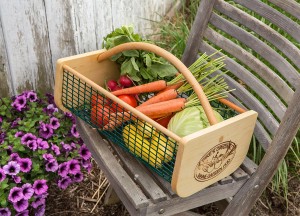
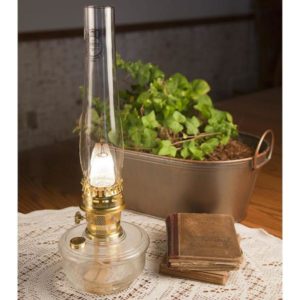
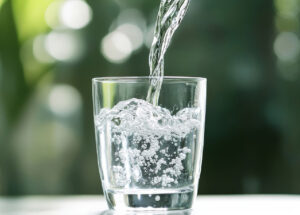





























I have traded in lots of disposables! My drawer is stuffed with handwoven dish towels and scrubbing rags, I’ve stitched linen handkerchiefs for the DH and son. I am just not trading in my TP for one of those terry cloth roll up dealies, although 37 years ago I washed and line dried cloth diapers.
I respect your plea for reusables, the Garden into which we were placed cannot continue to stand under this burden if trash we are piling up.
I love weaving and will keep my towel supply up-to-date, and those of close friends, but there is a limit???